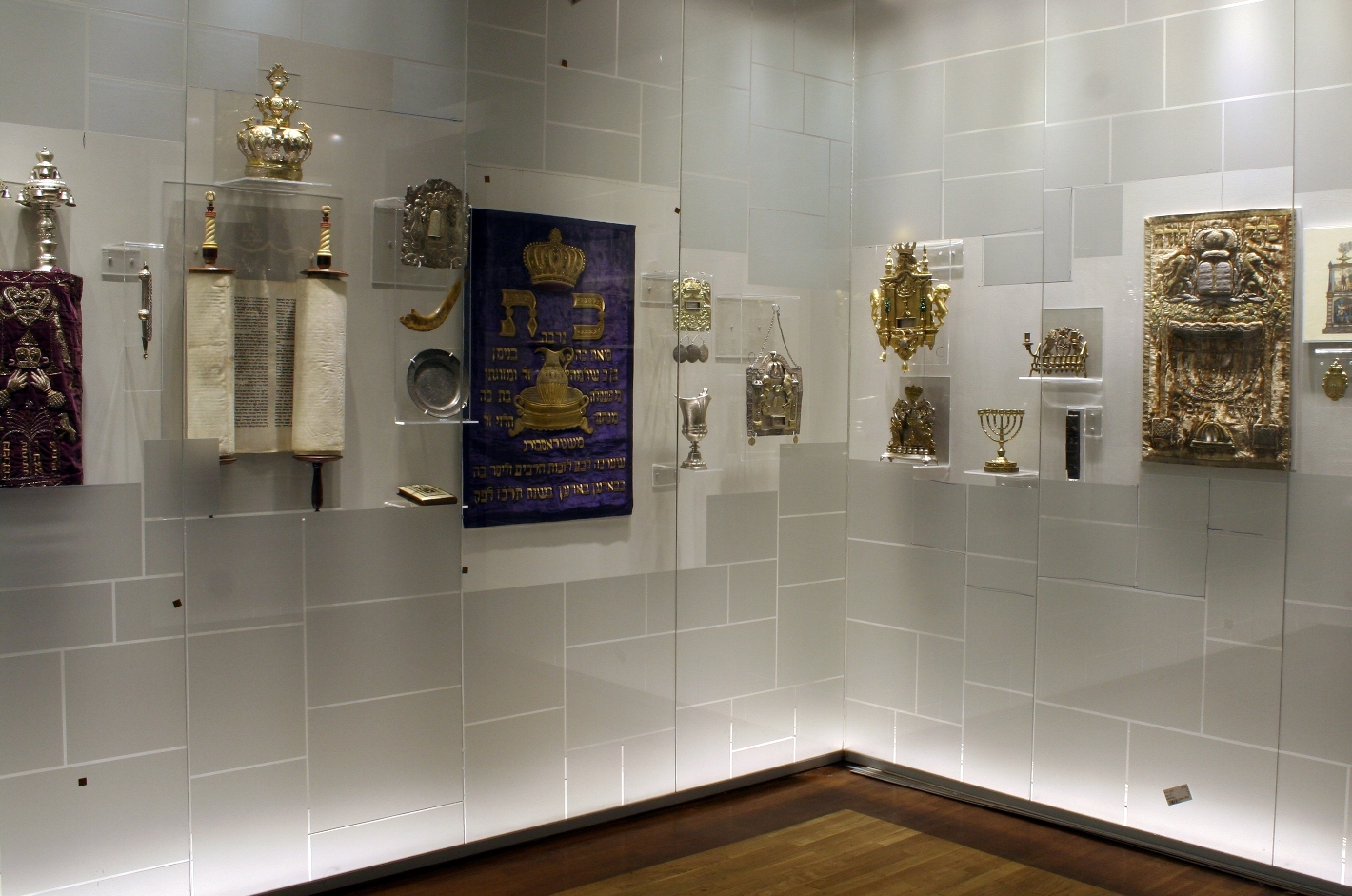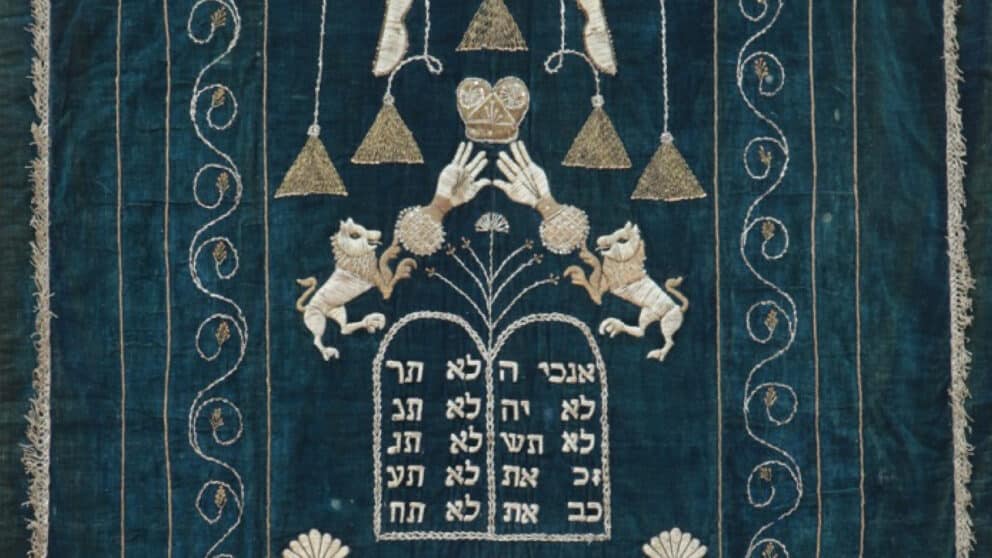Jewish Museum Frankfurt / Museum Judengasse
Germany’s first municipal Jewish Museum in Frankfurt am Main (opened in 1988) has been under major construction since 2015 and finally…

The State Museum of the History of Religion is one of the world’s few museums and the only one of its kind in Russia. It houses a wide range of historical and cultural artifacts from various countries, ages, peoples. Permanent exhibition includes section “Judaism. The Bible Images and Motifs in the European Jewish Art (18th – 20th centuries)”. The museum challenge is in featuring of the Judaic collection through the temporary exhibitions, including ones focused on Jewish religious culture. The recent one – “The Time of Our Freedom. The Tragedy of the Spanish Jews in the Art of the Russian-Jewish Artists”.
The Museum opened to the public on 15 November 1932. The origins of the State Museum of the History of Religion lie in the will of an outstanding Russian scholar Vladimir Bogoraz-Tan. Innitial collections largely came from Peter the Great’s Museum of Anthropology and Ethnography, the State Hermitage, the Library of the Academy of Sciences and the State Russian Museum.
The Museum was established in the Academy of Sciences of the USSR system as an academic, educational and research organization and was focused on exploration of religion as a complex social and historical phenomenon.
Outstanding Russian scholars (I.Amusin, B.Bogaevskiy, S.Valk, A.Gorfunkel, S.Lozinskiy, S.Lurie, M.Mathieu, V.Rutenberg, A.Predtechenskiy, V.Propp, V.Struve, A.Okladnikov, etc.) have collaborated with the museum.
In 1954 the Museum received a new title: the State Museum of the History of Religion and Atheism. In 1961 the Museum went under the supervision of the Ministry of Culture. In 1990 its original title was returned to the Museum – the State Museum of the History of Religion.

The Judaic collection of the Museum contains about 2000 items. The majority of the collection is holding in the Judaism Department (1388 items: metal, wood, parchment, paper), but the other parts are in the department "Precious Metals" (about 450 items), the department "Fabrics" (about 150 items) and the department of photographs (about 150 items) as well. The vast majority of these items are Jewish ritual objects of the 18th – early 20th centuries from Central and Eastern Europe.
The Judaic collection highlights are assemblage of the Torah scrolls, Passover, Purim and other decorated plates, caved mezuzah cases as well as set of original anti-Judaism caricatures for the periodicals of the 1930-s.
Germany’s first municipal Jewish Museum in Frankfurt am Main (opened in 1988) has been under major construction since 2015 and finally…
The mandate of the Irish Jewish Museum is to collect, preserve and present for public display materials and artefacts relating to…
The Jewish Alsatian Museum, located in an ancient synagogue that was severely damaged by the Nazis, introduces the visitor to the…
The Jewish Museum Merano is located in the basement of the synagogue, some objects are on display on the ground floor…
The Quincentennial Foundation Museum Of Turkish Jews tells the story of 700 years of amity between Turks and Jews. The aim…
The Jewish Museum of Thessaloniki has been established in 2001, in an old commercial arcade which belongs to the Jewish Community…